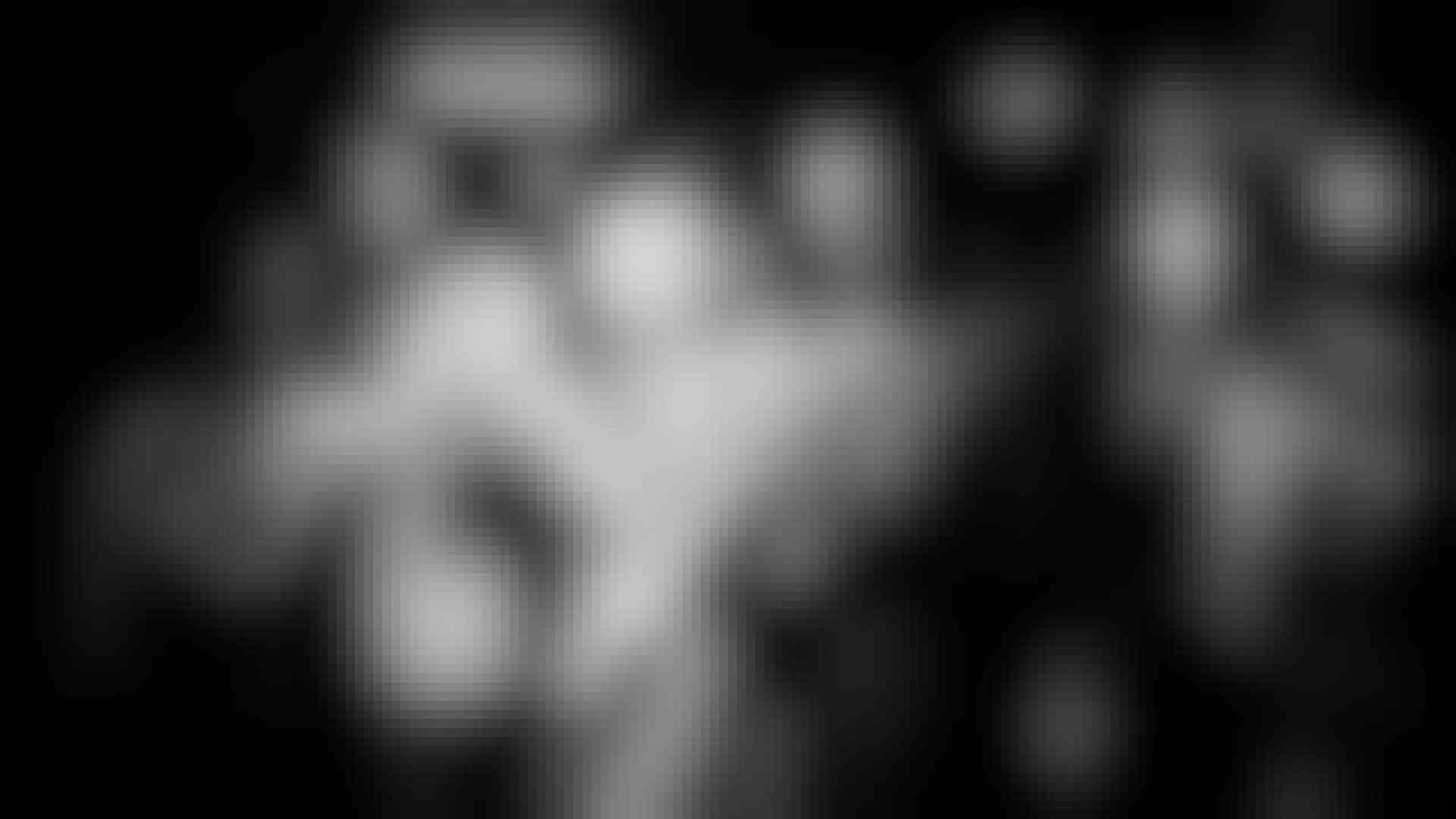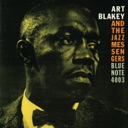Hard Bop
The Jazz Messengers in concert in France, 1985
Photograph by Roland GodefroyKey Attributes of Hard Bop
Select to filter timelineThemes
- Daily Life
- Love/Relationships
- Civil Rights
- Racism/Discrimination
- Segregation
Musical Features
- Rhythms
- Riffs
- Instrumentals
- Vocals
Instruments
- Bass
- Drums
- Piano
- Saxophone
- Trumpet
- Voice
“Rollins was perhaps the strongest voice of the recent Hard Bop trend. It was a trend that was marked by a ‘return’ by many jazz musicians to what they considered their roots.”LeRoi JonesAuthor and Cultural Activist
The rhythms and sounds of Black gospel music began to resonate in a new style known in the mid-1950s as hard bop. This change was partly in response to the popularity of cool jazz. Hard bop implies a return to some of the elements of the 1940s bebop style, which were configured using new concepts. In hard bop, counterpoint melodies or harmonized lines replaced the unison stylistic melodies of bebop, and medium tempos were favored over the faster tempos of bebop.
Context and History
Hard bop was part of a historical period that challenged racism in the United States. African Americans emerged from the war years in the 1950s with greater expectations for themselves and the nation than ever before. Previously, racial justice had not been a priority on the national agenda. But, with the backing of the NAACP, African Americans took their struggle against segregation into the district courts and later to the US Supreme Court. In 1954, the Supreme Court ruled public school segregation unconstitutional in Brown v. Board of Education. This decision also overturned the “separate but equal” doctrine in public establishments and set the stage for the modern Civil Rights Movement that took off a year later.
In hard bop, jazz musicians reacted against the European influences that had been incorporated in cool jazz. Bebop stylists sought a harder sound, and they turned to the language of gospel, blues, and rhythm and blues, combining this with harmonic structures from hard bop and African-derived rhythmic qualities. These features are illustrated in Clifford Brown’s “De-Dah” (1953), Thelonious Monk Quartet’s “Blue Monk” (1954), and Art Blakey and the Jazz Messengers’ “Moanin’” (1958). Sonny Rollins, John Coltrane, and Horace Silver, as well as former musicians of Blakey’s Jazz Messengers, such as Lee Morgan, Wayne Shorter, Freddie Hubbard, Branford Marsalis, and Terence Blanchard, participated in this new musical development.
Vocalists
Composer and arranger Betty Carter was the most prominent hard bop vocalist with “There’s No You” (1960). She stepped into the limelight as a young teenager, performing with such notables as Dizzy Gillespie, Charlie Parker, and Miles Davis. Other vocalists set lyrics to an instrumental composition or superimposed original lyrics over transcribed instrumental solos of famous bebop innovators. Eddie Jefferson is credited as the inventor of this vocal treatment, known as vocalese, such as in “So What” by Miles Davis. He wrote the lyrics for and influenced the vocalese of singers such as King Pleasure (born Clarence Beeks) in “Moody’s Mood for Love” and “Red Top,” performed with Betty Carter. Jefferson also sings his own lyrics written for Miles Davis’s “So What,” Charlie Parker’s “Now’s the Time,” and Coleman Hawkins’s “Body and Soul,” among others, recorded in 1959 and 1961.
The singing trio Dave Lambert, John Hendricks, and Annie Ross formed in 1957. Unlike hard bop singers, this trio specialized in the repertoire of the swing era, notably the songs of Count Basie and Duke Ellington. Their jazz harmonies created the foundation for the vocalese and scat singing—a style that influenced groups such as the Manhattan Transfer in the late 20th century.
Musical Features/Performance Style
“Saxophonists began to utilize wider and harsher tones, of which Sonny’s was the widest and harshest and most expressive, and accompanying piano chords became more basic and simplified, often relying on a sort of gospel or churchy feeling to emphasize the Afro-American beginnings of the music.”LeRoi JonesAuthor and Cultural Activist
Hard bop tunes are not as rhythmically complex as bebop. The chords and voicing incorporate the developments in bebop. Songs draw melodic material from the blues, gospel, and rhythm and blues, and incorporate repetitive and rhythmic bass line riffs and Afro-Latin rhythms in the bebop framework, as in Cannonball Adderley Quintet’s “This Here” (1959) and Dizzy Gillespie’s “Con Alma” (1954).
Lyrics
Hard bop is primarily an instrumental form, but bands occasionally featured vocalists adding lyrics. The diverse topics ranged from romance and everyday life to the lives of musicians, and historical and fictional Black figures.
Bibliography
- Davis, Miles with Quincy Troupe. Miles: The Autobiography. New York: Simon & Schuster, 1989.
- Rosenthal, David H. Hard Bop: Jazz and Black Music, 1955–1965. New York: Oxford University Press, 1992.


















